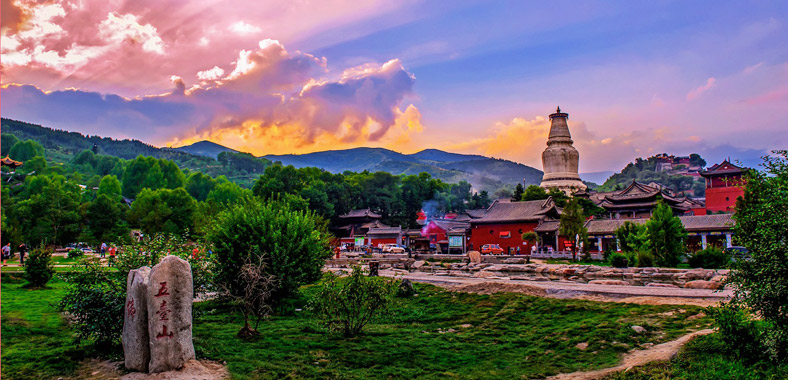
(TibetanReview.net, Jan25, 2018) – The Dalai Lama has, on Jan 23, reiterated his wish to one day visit Wu Tai, the five peaks mountain in Shanxi Province of China, which is sacred to Buddhists as the abode of Manjushri, the Bodhisattva of wisdom, located about 350 km from Beijing. “I pray that one day I may visit Wu Tai Shan to receive Manjushri’s blessings—and you can pray for that too,” he told a group of Chinese devotees while giving the Sarasvati Permission at the conclusion of his two-day teaching especially for devotees from mainland China at Bodh Gaya, Buddhism’s holiest pilgrimage site.

The exiled spiritual leader of Tibet was quoted as saying, “China has a special connection with Manjushri, and Wu Tai Shan—the Five Peaked Mountain is the sacred place associated with him. If you Chinese can do the practices of these two, Manjushri and Sarasvati, it will be of special benefit to you.”
He has explained that Sarasvati is the female deity most closely associated with wisdom, much as Manjushri is.
He has also told the mainland Chinese and the other devotees attending his teachings, “to make your visit to Bodh Gaya worthwhile, try to develop an understanding of emptiness and cultivate a good heart.”
The main subject of his two-day teaching, which was held especially for mainland Chinese devotees, was the Diamond Cutter Sutra.





